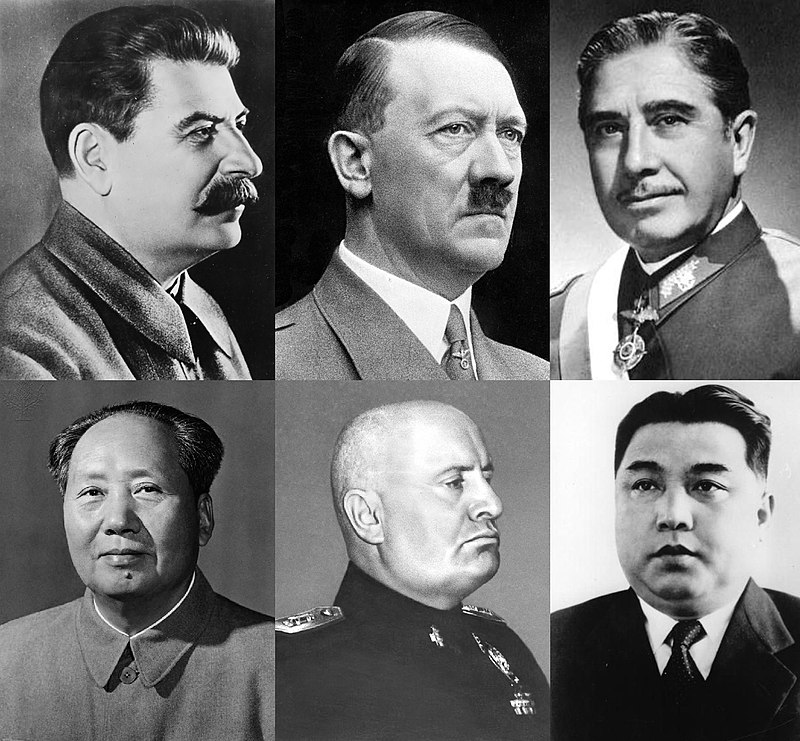The first book in the Bible is Genesis, which is divided into two parts: the Primeval history and the Patriarchal history, and delves into concepts surrounding human nature through ideas such as sin, obedience and knowledge and the relationship between God and the people he has created.
In order to assess the implications of Genesis, the content within it must be approached as a work of literature.
But first, we should review the history of the Bible, which is essential in forming the framework of this understanding. The book has been translated time and time again in order to create a shelf that is stocked full of different versions.
The King James version was one of the first to be widely distributed. However, its flaws lie in its translation being conducted almost entirely by one individual. Myles Coverdale passed time before his execution working on this translation. The idea of an entire historical work being translated by one independent individual leaves boundless margins of both error and unencountered bias. This version was promoted by King Henry VIII to be in churches across England. This may be in part due to the fact that the king was the central point of the title art for this edition, with the name of God above his head in order to symbolize the notion that he “received his spiritual authority directly from God himself.”
This version was created for the eyes of the common person, and its justification for validity typically lies in its dating back to the 1600s. However, age is not synonymous to accuracy.
The New International version was translated more recently, in the 1970s. The group of translators of this version was composed of 15 evangelical scholars. This translation, resultantly, leans more heavily into the ideals of evangelical theology.
There lies an entirely different realm of issues surrounding the ethics of completing this translation, where over $1.2 million was raised even before the Old Testament was completed, as the United States’ economy was crumbling around them. In the 1970s, which was considered a time of stagflation, which ultimately ended in a recession. The economy was unstable, and yet this group found enough justification in spending countless dollars on yet another translation of a religious text.
Considering these two versions, which are just a pair among many others such as the New Living Standard and English Standard versions, it becomes apparent that some of the most widely referenced versions of the Bible, and those which most of the common population read to follow their faith, were developed in a manner that is laced with bias and lack of reliability.
There are dangers in this inconsistency, and alas a lack of unity across Christianity created by followers of the same set of ideas reading different translations of the same original book.
It is best to review the New Revised Standard version, which was translated in 1989 by a group composed of people of multiple different faith backgrounds. It is also known for the usage of gender-neutral language, replacing “man” with “people” to refer to the greater human population. It is neutral and it is progressive, and provides groundwork for an unbiased assessment of the content within it.
This leads us into the content within its first book, starting directly at the creation of man.
Historically, the Bible is found to deliver a list of damaging implications about mankind. This begins with the very first book, Genesis, proving that the root start of man in Christianity provides a framework for an unhealthy outlook on how to live life “properly.”
The Bible first introduces the creation of women through the story of Eve, who notoriously was created through Adam’s rib cage. As opposed to building her off of his foot, or a lower segment of his body, she was created from his side, implying equality between man and woman. Here, however, consideration of the story of Lilith must come into play, as she is often not told in Christianity.
Lilith, if we are to look at a wider scope of monotheistic religious texts, is the true first woman of creation, and she was paired to Adam prior to Eve being brought into creation.
This ties to the notion that in Genesis 1:27, God simply created man and woman coincidently, but in Genesis 2:21-22, Adam was created “from the dust of the Earth,” and then Eve from a rib taken from Adam.
Lilith was the first wife of Adam.
The issue with Lilith was sent over the edge when she urged for time in the dominant sex position, above Adam as opposed to laying at his disposal. She leaves him, and is very resistant to returning to her husband at the request of God. She begrudgingly takes on the role of carrying offspring, under contingencies of their protection upon birth at her request.
This leaves us to wonder why Eve is framed as the “first” woman; to ask why she was a necessary “do-over” made from man. After all, the Bible has elected to remove the story of the true first woman who was made independently of him.
In Genesis 1:27, it is written that God created both man and woman at the same time. This is the only (quite vague) acknowledgment of the creation of Lilith, though her name does not make it to print. We know that this passage refers to Lilith because later on, at Genesis 2:20-22, it is said that “God caused a deep sleep to fall upon Adam, and he slept: and he took one of his ribs, and closed up the flesh instead thereof; And the rib, which the lord God had taken from man, made he a woman, and brought her unto the man.” This scripture references the later creation of Eve.
Why would the Christian faith want to erase the story of an independent woman? The story that proceeds into the Garden of Eden may help clarify some items of Biblical intentions.
This lies primarily within the temptation of the fruit and subsequent banishment from Eden, from what it provided and how it enlightened humans but why it was considered a sin to be obtained.
At its most basic level, the Bible says that Adam and Eve are banished from Paradise as a result of consuming the fruit of knowledge.
Why was this fruit forbidden, if knowledge is the framework of the advancement of mankind? It is incredibly likely that ultimately, God feared losing control over the people that he created and hence he had to work or keep them from being free thinking or acting.
Is knowledge truly a threat to religion?
It seems so, given that all signs in Genesis point to a strong armed attempt at using punishment as an indicator of the repression of human progress.
The way that the Bible goes about telling of the origin of the Earth also leads to some speculation on the allowance of proper knowledge. The Bible first walks through each of the seven days of creation, but then upon their completion goes back and restarts the story without the divides in time. These two tellings of the same one-week span do not align perfectly with one another. Either the storytellers are confused, or the inconsistency is left uncorrected in response to a lack of value being attributed to accuracy.
In Genesis 1:1, it claims that Heaven was created in the very beginning of time, however in Genesis 1:6-8, the narrative shifts and the claim lies in Heaven being made on day two of creation.
This is not the end-all of the inconsistent timeline of creation, where it is simultaneously claimed that night and day (light and dark) were created on the first day, however it was not until somewhere between days three and four that the sun was created.
In Genesis 1:29, Adam is granted the freedom to eat from any tree, however in Genesis 2:17, it is revealed that the tree of the knowledge of good and evil is off-limits.
It is also considerable that in Genesis 3:20, Eve is written off as the “mother of all living,” however in the story of Lilith, she agrees to bear children.
Ultimately, the concrete timeline of the Book of Genesis has its flaws, but the presence of inconsistencies serves as an additional affirmation of unreliability in following the story as fact.



























